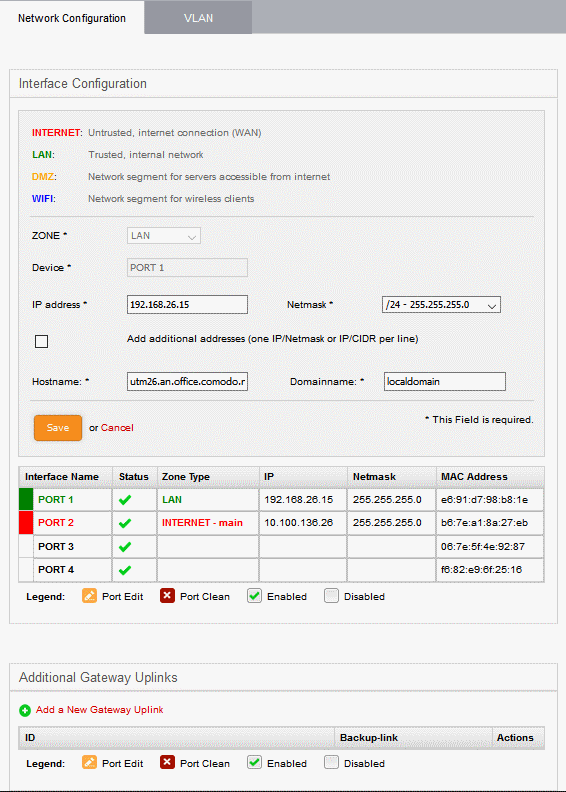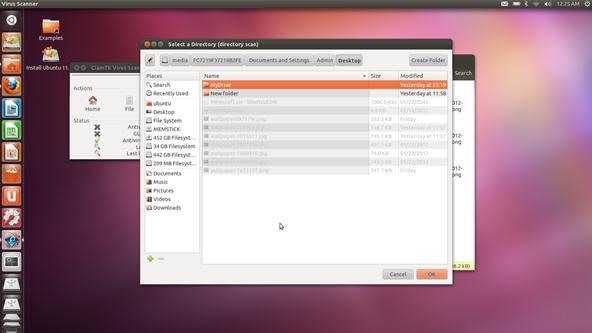How To Install Comodo Antivirus On Centos Server Iso

Apr 13, 2014 Hello, I have a dedicated server running the latest cent os. It is a 1and1 dedicated server. Could someone be so kind to post the complete install c. New version of 'all in one' Linux server. In ISO format from ztl.comodo. Setup of multiple server types to a one time installation.
Image: Jack Wallen You might think your Linux server is invulnerable to malicious code. You're wrong. Although the platform itself may not be directly affected, if that server happens to dish out files to users (via Samba, SSHFS, NFS, etc.), then the users who are connected could easily fall victim to the malicious files. That is a nightmare in the waiting.
How do you avoid that on a Linux server? You install a real-time antivirus/antimalware solution like Sophos. Sophos antivirus for Linux is a free, command line-only, real-time scanner for your server and desktop. The tool can run in the background or a scan can be manually issued. I want to walk you through the process of installing this piece of software, so you can rest assured (albeit slightly) that your server is less likely to contain malicious code. Remember, no server (regardless of platform) is 100% safe. Connected to the internet or not, a server or desktop can be compromised.
To that end, don't think adding a piece of antivirus will be your end-all security measure for your Linux server. You must still be diligent with your administration duties.
With that said, let's install. SEE: (Tech Pro Research) Getting the software. In order to get the software, you must go through the process of. Eventually you will find yourself with a download link. This can get a bit tricky, if your server is GUI-less.
Royal revolt cheats hack for android iphone meme wallpaper. The download link contains a unique key (associated with your email address), so you can't just copy/paste it and use the wget command to pull the file to the server. Instead, you can download it to a desktop machine on your network and then make use of scp to copy the file to the server. This is done like so: scp sav-linux-free-9.tgz USER@IP:/path/to/save/file Where USER is a user on the remote server, IP is the IP address of the server, and /path/to/save/file is the actual path where you will save the file (such as the USER's home directory). Once that file has been uploaded to the server, you can extract it with the command: tar xvzf sav-linux-free-9.tgz Installing Sophos. The Sophos installer welcome screen.
While viewing the license, hit the spacebar to scroll through and then type Y to accept.  You will then be asked where you would like to install Sophos. The default installation directory is /opt/sophos-av. Unless you have a reason to install it in another location, I would recommend accepting that default.
You will then be asked where you would like to install Sophos. The default installation directory is /opt/sophos-av. Unless you have a reason to install it in another location, I would recommend accepting that default.
Next you will be asked if you want to enable on-access scanning. This is the real-time scanning option. I recommend enabling this option.

Yes it will consume CPU cycles, but unless you want to create your own bash scripts and cron jobs for regular scanning, this is your best bet. When prompted, either type Y and hit Enter, or just hit Enter (as Yes is the default).
More about cybersecurity • • • • Once you've enabled on-access scanning, the installer will prompt you for an update location. You have three choices: • Sophos — download definition updates from the official Sophos servers. • Your own server — download definition updates from an on-premise server. • None — do not download definition updates. Unless you're willing to set up an update server, I would recommend going with the default (Sophos). Either type s and hit Enter, or just hit Enter. The next question wants to know if the installation will be the Free or Supported version of Sophos.
- четверг 20 сентября
- 48